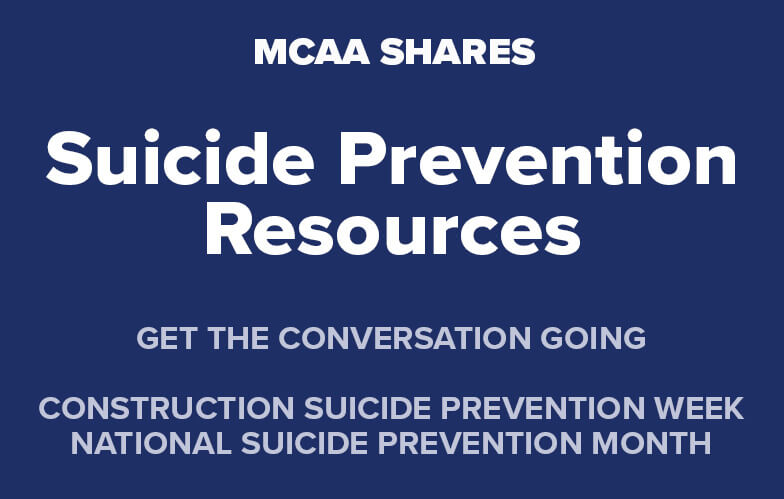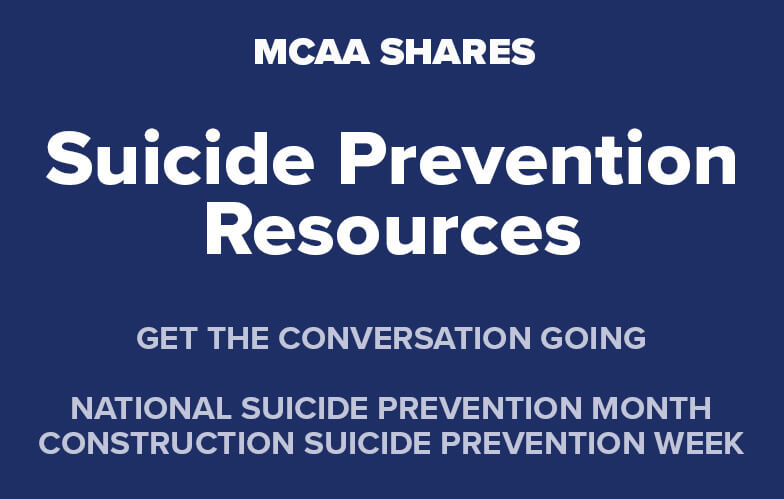
National accounting firm Withum shares some thoughts on recent developments related to the PPP, PPP2, Loan Forgiveness, and Employee Retention Tax Credits.
White House Announces Changes to PPP:
Yesterday afternoon, President Biden announced changes to the PPP geared toward making the program easier to access for smaller businesses. Last night, the SBA released further guidance solidifying these changes:
- Starting February 24, 2021 at 9am, the SBA will establish a 14-day exclusive loan application period for businesses/not for profits with fewer than 20 employees.
- SBA will also enact the following changes to promote equitable access to SBA relief:
- Allow sole proprietors, independent contractors and self-employed to receive more financial support by revising the PPP’s funding formulas for these categories
- Eliminate restrictions for small business owners with non-fraud felony convictions and restrictions for student loan debt delinquency
- Ensure access for non-citizen small business owners who are lawful US citizens (ITINs will be used for PPP)
- The adjustments to the funding formula for these groups are not available at this time, neither is any information on whether these borrowers who have previously received PPP2 funding can apply for more with their lender
- It is not clear if/how this will affect applications that are currently in processing with lenders or the SBA or whether funding will be delayed in these instances
PPP2 Update:
After re-opening for business in mid-January with new appropriations of $284 billion, the PPP has had it’s fair share of bumps along the way. Here are some updates:
- Through February 21, the program has had 1.9 million loans approved for approximately $140 billion in loan dollars during 2021. Average loan size of approximately $73k is considerably less than the first round, as expected due to the employee count and maximum loan amount standards imposed
- The SBA installed more than 50 validation checks to prevent fraud and misuse of program funds. An unintentional effect of this was that many otherwise eligible borrowers were being held from receiving funds due to “hold codes” not applicable to their situation. The SBA has indicated that they are working to correct this, and on February 10, 2020, issued guidance to lenders on how to bypass to allow borrowers to receive their funding.
- The SBA has installed a loan cap of $35,000 per employee for funding within either a PPP1 or PPP2 loan. This cap is not specified anywhere in the legislation or subsequent guidance, however they have been limiting certain loan amounts of borrowers for this through the SBA E-Tran system. We believe this would be calculated at $20,833 in wages and $14,117 of employer sponsored health insurance, retirement contribution and state and local taxes. We are not sure how they are determining the $14,117 amount as that information is not supplied on an employee basis.
- In last night’s release, the SBA announced they are working with their partners to improve the “digital front door” – presumably aimed at correcting some of the hold code issues previously identified.
For a refresher on the eligibility criteria for receipt of a second draw PPP loan, please visit our article here.
Loan Forgiveness Update:
The SBA has published the following forgiveness data through February 18, 2021:
| Issued: | 5.2 million loans | $521 billion loan dollars |
| Forgiven: | 1.7 million loans | $152 billion loan dollars |
| Under review: | 187k loans | $76.9 billion loan dollars |
| Not yet received by the SBA: | 3.3 million loans | $292 billion loan dollars |
| Not forgiven: | – not provided – | $500 million loan dollars |
Employee Retention Tax Credits (“ERC”):
Outside the PPP, the revamped ERC program has been the hottest topic of the new year for businesses in need of relief after the downturn has negatively impacted their revenues. The program, which carries a refundable $19,000 credit per employee for businesses who qualify for both 2020 and 2021, should be explored by ALL small businesses who have either had significant reductions in gross receipts or were fully or partially suspended due to government orders during 2020. A brief summary of each program is as follows:
- 2020 Opportunity: The CAA removed the requirement that businesses cannot obtain a PPP loan and claim the ERC. This means that any business that previously obtained a PPP loan can now retroactively claim the ERC for 2020 if they qualify. The test for the 2020 ERC is that the business must have suffered either (i) a full or partial suspension of its business operations due to COVID-19, or (ii) it experienced a decline in gross receipts for any quarter in 2020 by more than 50% compared to the same quarter in 2019.
- 2021 Opportunity: Under the CAA, businesses can now claim an ERC for the first two quarters of 2021, and the rules are less restrictive than they were in 2020. Two key changes include: (i) the maximum credit per employee is $14,000 in 2021, compared to $5,000 in 2020, and (ii) the decline in gross receipts test has been relaxed to include a decline of 20% instead of 50%. Businesses can also utilize the prior quarter to establish eligibility for the 2021 program. This means for Q1 2021, the Q4 2020 can be used to determine the 20% decline in revenues. There are other expansions of the ERC that are favorable for businesses with employee counts between 100 and 500.
- Note that businesses can only claim the ERC for eligible wages that were not used to support PPP loan forgiveness, and this prohibition against double dipping applies in 2020 and in 2021.
Our team has put together some resources for small businesses to start evaluating whether they might benefit from this program. Please visit our ERC flowcharts here, or our article on the overall program here. We also invite you to view our on-demand webinar from last week here.



